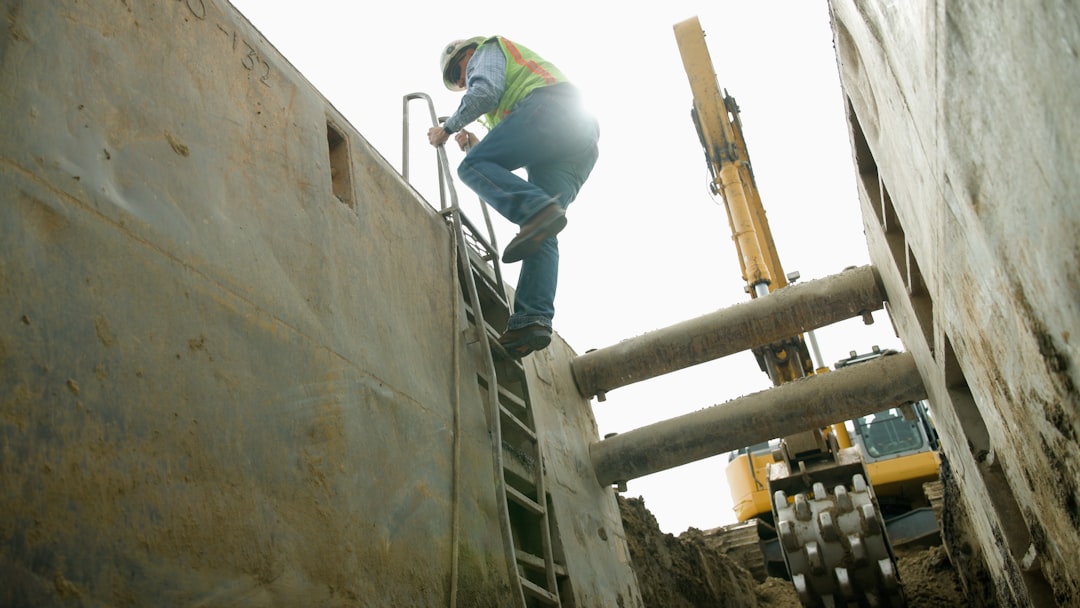
For construction professionals, determining the cost of gas installation is crucial for project planning. On average, costs range from $600 to $5,000, depending on various factors. CountBricks provides precise estimates by integrating real-time material pricing, regional labor rates, and local code requirements, delivering accurate residential gas line estimates swiftly.
These ranges include parts, labor, permits, pressure testing, and basic restoration. Your final number depends on several cost drivers detailed below.
Black Steel – Durable and affordable but heavier to work with, increasing labor costs in tight spaces.
Copper – Corrosion-resistant and flexible. Higher material cost and restricted use in some areas.
CSST (Corrugated Stainless Steel Tubing) – Easier installation around obstacles, reducing labor hours. Though pricier, it often results in net savings on complex retrofits.
Licensed professionals must handle gas work. Permit fees range from $50 to $350. Inspections add time but ensure safety. CountBricks automatically updates permit pricing for your ZIP code, eliminating surprise costs.
Each added appliance increases BTU load and pipe diameter. For example, a high-output range may require a ¾-inch line instead of a ½-inch, adding 10–15% to material cost. CountBricks calculates BTU demand to prevent overspending or undersizing.
Contractors use the CountBricks app to speak naturally, converting speech to structured scope data in real time.
CountBricks cross-references local code tables, required pipe diameters, and maximum pressure drop, selecting compliant materials.
The platform updates regional supplier feeds frequently, ensuring estimates reflect current prices.
PDF estimates, proposal letters, and itemized materials lists are ready to email or e-sign in seconds. Visit CountBricks.com to see a demo.
A Minneapolis homeowner wanted to replace an electric water heater with gas and add an outdoor kitchen line. Using CountBricks, their plumber recorded the scope in under three minutes while onsite. The software calculated:
Total estimate: $1,460, delivered before the tech left the driveway. The homeowner signed on the spot, and the contractor ordered materials directly through the platform.
Does converting from propane change the price? Conversions usually cost less because existing piping can be reused. CountBricks factors conversion kits and regulator swaps automatically.
Can I DIY my gas line? Most municipalities forbid unlicensed installation. DIY attempts often fail pressure tests, leading to costly rework. CountBricks connects you with certified pros who pass inspection the first time.
How long does installation take? Small additions finish in a day; major extensions can span three days plus inspection time. CountBricks schedules tasks on a live Gantt chart so homeowners know exactly when gas is flowing.
Stop guessing how much it costs to get gas installed. With CountBricks, you can:
Ready to see your numbers? Visit CountBricks.com and schedule a free demo.

A regional remodeling firm in Denver struggled with lengthy gas line quoting. Manual takeoffs, supplier calls, and permit research often stretched to three days, and by then 30% of leads went cold. After integrating CountBricks, the company turned every site visit into a quoting session.
If you’re still wrestling spreadsheets to answer how much it costs to get gas installed, it’s time to upgrade. Book a live walkthrough at CountBricks.com and see how rapidly your team can move from conversation to contract.